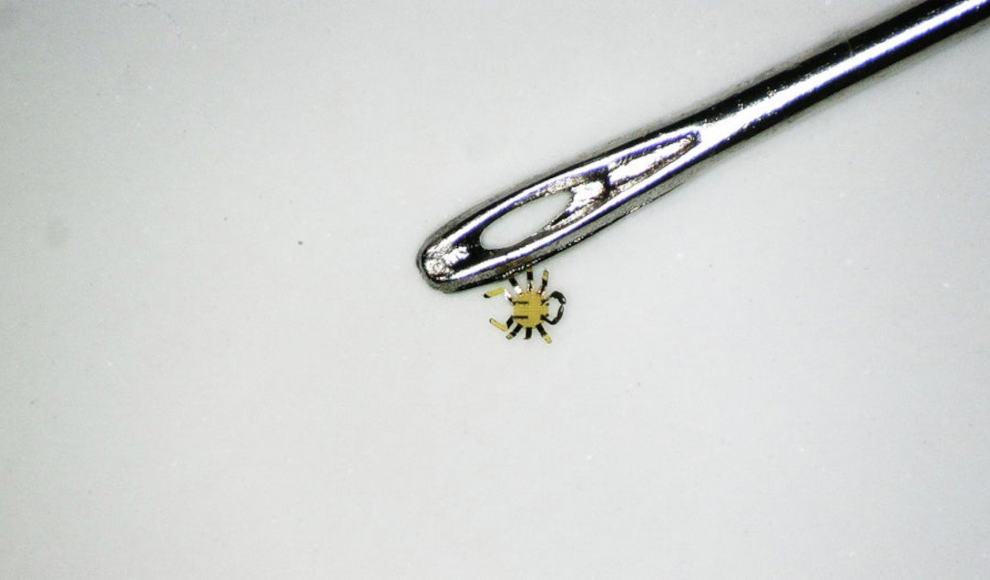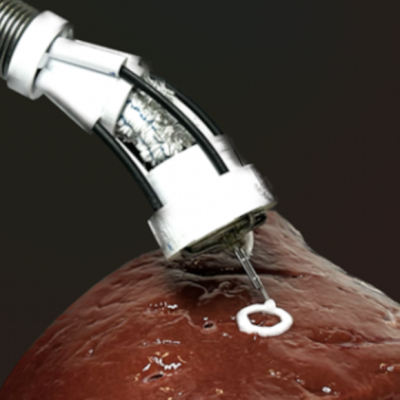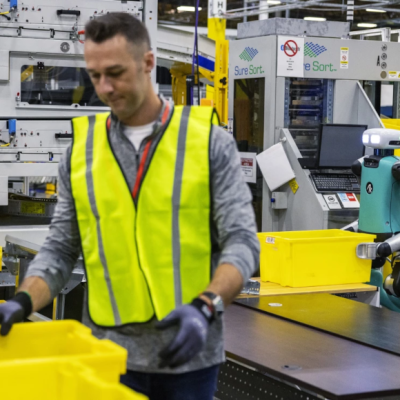A tiny micro-robot has been developed by a team at Northwestern University that can move without the use of mechanics, hydraulics, or electricity. The robot, which is smaller than a flea and shaped like a crab, can walk, bend, turn, and even jump. It is controlled by a laser and has no mechanical parts or energy source of its own. Instead, it is made of a memory-foam alloy that can be selectively deformed by the laser’s heat, giving it its movement. The robot can move at high speeds due to its small structures, which allow for rapid cooling. The researchers hope to develop more micro-robots in the future, using worms, crickets, and beetles as inspiration.
The micro-robot has potential applications in repairing or cleaning tiny structures, as well as in medicine. It could be used to remove blockages from arteries or destroy tumors in the human body. The researchers believe that their assembly techniques and material concepts could be used to build walking robots of almost any size or 3D shape. The robot’s ability to move without the use of mechanics or electricity could make it particularly useful in situations where traditional robots would be too large or cumbersome.
John Rogers, a professor of nanotechnology at Northwestern University, explained that by shrinking robots, they can actually make them faster. The micro-robot can move about half its body length per second, thanks to its small size and rapid cooling. The researchers hope that their work will lead to the development of more advanced micro-robots that can perform a variety of tasks, from cleaning to medical procedures. With its potential to revolutionize the field of robotics, the tiny micro-robot is a significant breakthrough in the world of science and technology.










